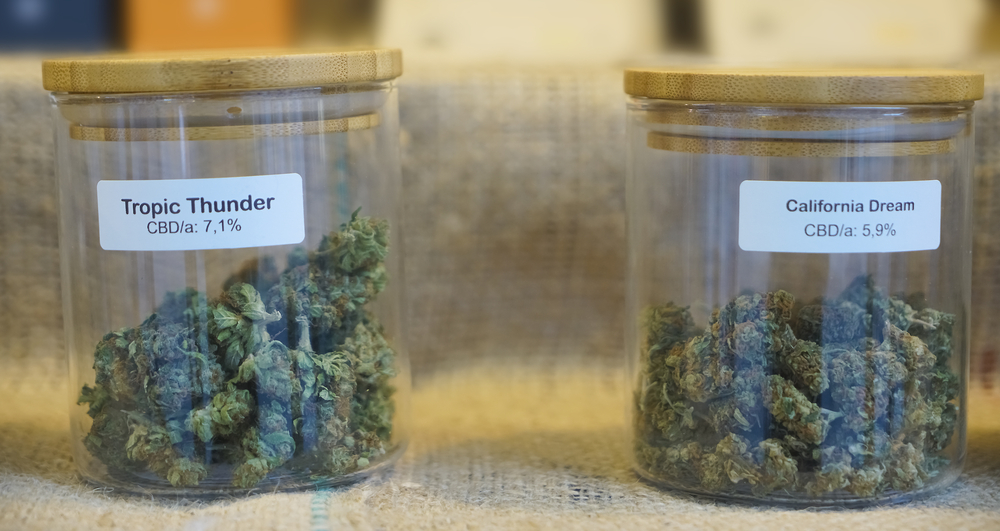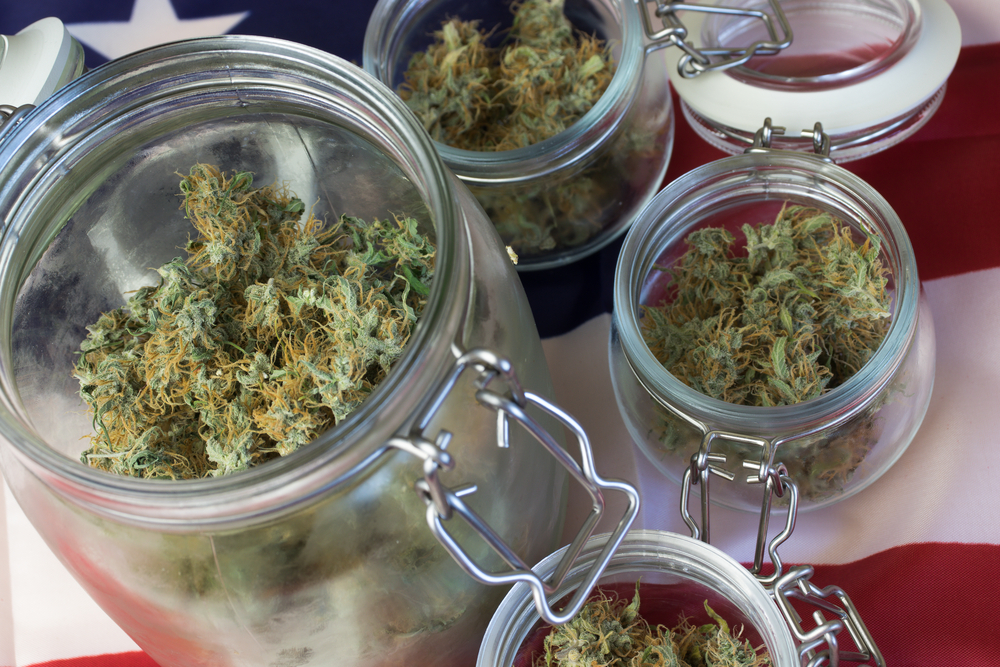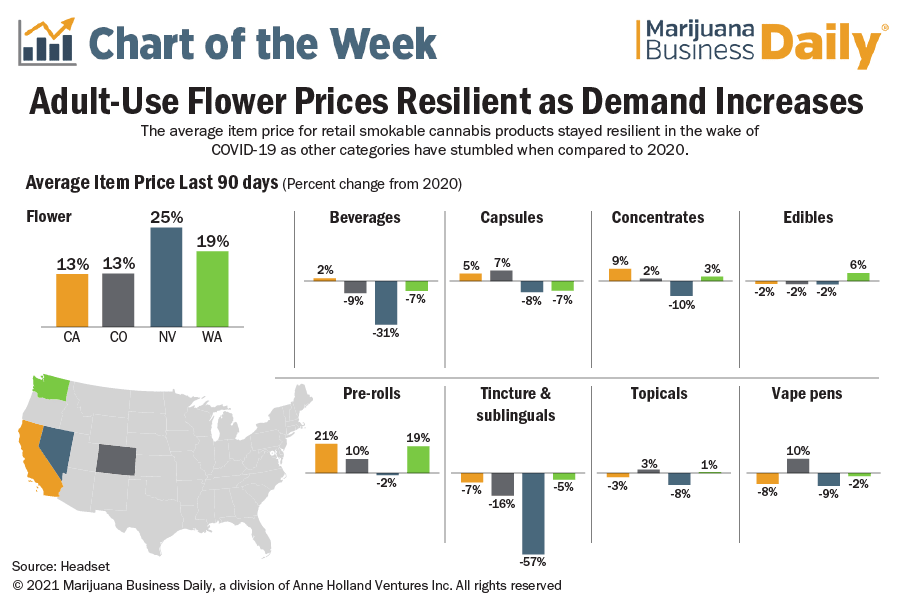
For many cannabis users, smokable flower is the second most popular choice. Edibles by far outsell any other type of medical marijuana in most regions. But there are a lot of practical reasons why more people prefer to smoke raw flower than processed products. And it is not only about cannabis culture. Something that Virginia lawmakers are looking more closely at.
Whole flower is by far more economical for patients. Whenever a cannabis product has to be processed into oil for vapes, tinctures, topicals, or edibles, that cost is passed on to the consumer. But with raw cannabis, the production cost for dispensaries is low. Cultivate, grow, trim and sell. The savings are passed on to the patient.
Think of all the stereotypes about cannabis and people who smoke it. Ancient civilizations burned cannabis and hemp to promote health and relaxation. It was a mind, body, and spiritual experience. But today, people who prefer to smoke cannabis also face a stigma that they are not using cannabis for medicinal purposes but “getting high” recreationally.
Some states in America have struggled to legalize medical cannabis. And the only way to get a medical marijuana program started for patients was to ban smokable types of cannabis. The argument was that tinctures or capsules provided the same benefit.
States that provide smokable cannabis and edibles (without a low-THC cap) broke monthly sales records in 2020. Sales in Oregon surpassed $1 billion. Virginia legislators hope that making smokable cannabis available will substantially increase cannabis sales and tax revenues for the state. But as Virginia has just pushed back cannabis legislation to 2024, does this mean the state will fast track state marijuana laws?
The state of Virginia has come a long way by understanding the value that medical cannabis provides to patients. The state’s medical program grew at a slower rate because it prohibited smokable types of cannabis. The growth of medical marijuana programs (and tax revenues) happens only when patients can get the medicinal products they want.
So as mainstream adoption of medical cannabis continues, the number of medical cardholders increases. More Americans are looking for an economical alternative to prescription drugs. And relief from some of the side effects of prescription NSAIDs and opioids. Many people with medical cards report that cannabis helps them moderate pain, inflammation, and other symptoms.

Have you ever noticed how some people are purists when it comes to using cannabis? Some people who use medical cannabis for their health conditions prefer capsules or tinctures (sublingual uptake oral drops). Others swear by vape cartridges because they are convenient and virtually odorless.
But there is something to be said about the dedication to cannabis culture. There is a ritual aspect to preparing your weed. Grinding it, and the method that you choose to consume it. And many people prefer raw bud for a number of reasons.
When you have your raw or whole bud, it’s easy to grind, pack and smoke. Or roll your joint. Grinders are easy to use, and some electric grinders are now available to make it easy for people with disabilities.
When you compare smoking weed to other methods like dabbing, it’s much less complicated. For people who prefer rolling their cannabis, it’s affordable. There is no need for paraphernalia. No bongs or pipes to clean. Simply grind, roll and smoke.
The more steps that are involved with processing cannabis, the more expensive it gets. Taking cannabis flower and making it into vape oil, for example, requires some advanced chemistry. And special equipment. That cost of time and labor to produce vapes and even edibles is passed on to the consumer.
Raw bud is economical. And dispensaries have a variety of cannabis strains from top shelf and premium-priced to shake and super discounted seeded weed. And for average grade cannabis, whole flower is more economical than vapes or tincture products.
What does a cannabis vape taste like? Chemicals, mostly. That is because the distillation of cannabis oil into a vape means the loss of some of the terpenes. When the compounds are heated, they dissipate. That is also true for raw cannabis, but you are also inhaling those terpenes before they disappear when you are applying heat.
The flavor of vapes doesn’t compare to a bowl or joint made with sticky fresh weed. And for many people who use cannabis medicinally, wellness benefits from the flavonoids and the terpenes that they feel they don’t get from other intake methods.
A couple of drops, and you are done? Well, that’s fine for some people, but some prefer the ritual of smoking raw cannabis. If someone is very passionate or appreciative of marijuana, they will tell you that there are many ways to appreciate bud, from the smell of it to the visual appearance of trichomes, coloration, and density.
Much like ancient medicinal practices, there is an almost meditative aspect to preparing your weed. And that is something that you can’t replace with other types, like marijuana vapes, edibles, and concentrates.
The demand for smokable flower is continuing to rise. And with it, so are retail prices. Demand. In that case, smokeable flower have exceeded supply in some states. Particularly during the COVID-19 pandemic. In 2020, sales of cannabis went through the roof, with several months of more than $100 million in sales in states like Colorado, Oregon, and Oklahoma. Also, shortages of bud in places like Illinois.

Source Web 2021: MJBizDaily.com
States are grappling with the ongoing economic impact of the COVID-19 pandemic. Tax revenues that are usually generated by travel and tourism, for example, are negligible. Thanks to travel restrictions domestically and internationally. But that is not the only source of state and federal tax revenues that have been impacted.
The COVID-19 pandemic has reduced earnings from:
An article published by The Brookings Institute in September 2020 indicated that the shortfall in tax revenues would surmount to big losses. While states were to receive an estimated $200 billion in economic aid, it’s a drop in the bucket compared to those lost revenues. At the same time, healthcare expenditures continued to climb. And that is true for Virginia as well.
Brookings forecast that states like Nevada, Washington, California, Florida, and New York would show the largest revenue declines in 2020. And Virginia doesn’t want to be one of the states that struggled to grow a medical cannabis industry.
Read more about the decline of state tax revenues and the increase in healthcare, unemployment, and other pandemic-related expenditures on the Center on Budget and Policy Priorities.
One of the hardest things about the pandemic is the uncertainty. No one can predict how long it will take before most of the population is immune to COVID-19. States are holding out, hoping for a fast resolution to save lives. And to stop the fiscal, economic burdens that are increasing exponentially.
Most states (if not all of them) are in a cash flow pinch. A serious one. So, if legalizing medical cannabis provides a fast way to increase tax revenues? More states are going to consider it. And consequently, if they have a medical program, they will be looking for ways to expand it.
States with new and restrictive medical cannabis programs like Virginia are eyeing the data. The proof of the potential tax revenues that legalized cannabis can provide. The one product category selling during the first global pandemic in more than one hundred years is cannabis. And it might prove to be a financial lifeline to help states weather the economic adversities caused by COVID-19.
Featured Image: borjomi88 | Deposit Photos
No Information on MarijuanaDoctors.Com should be used to diagnose, treat, prevent or cure any disease or condition. You can view our Full Disclaimer here.